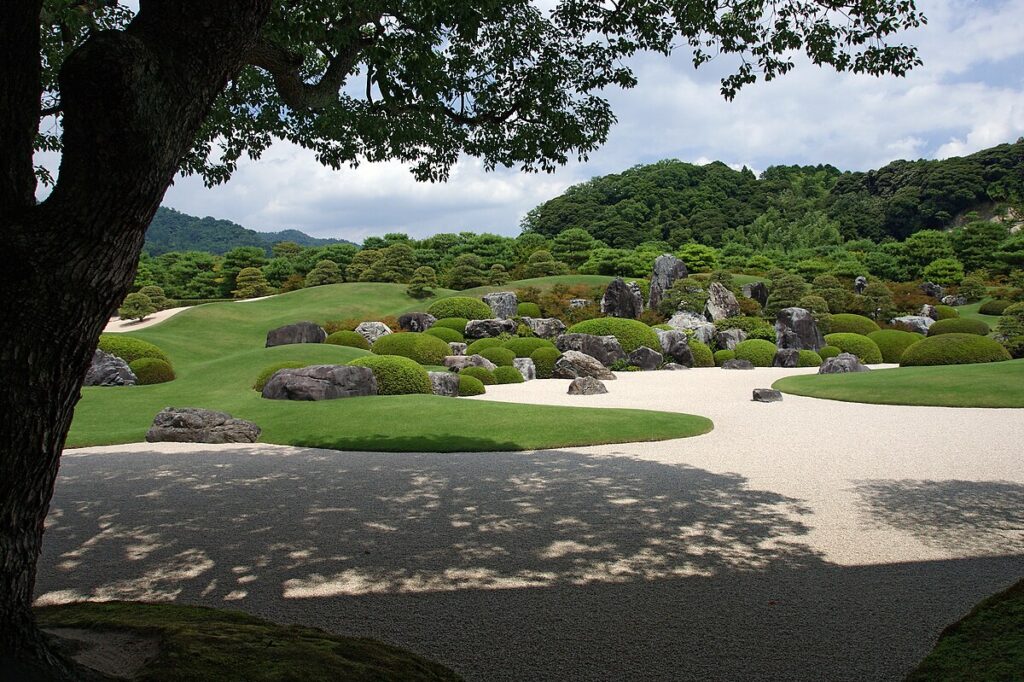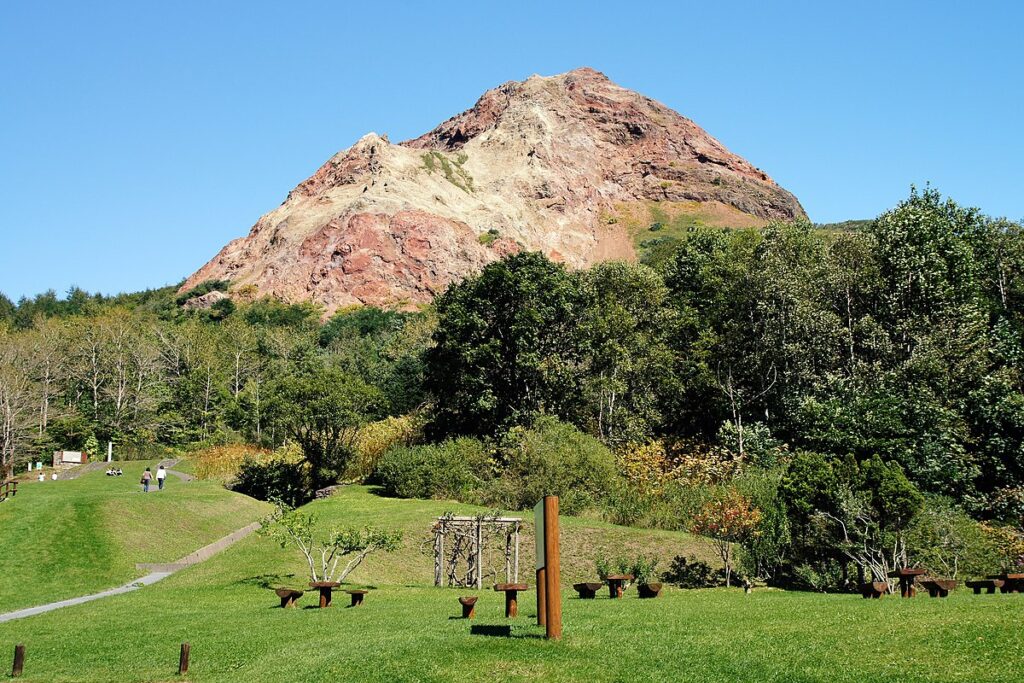Tourist attractions--archive--
-

Sado Island (Sado City, Niigata Prefecture)
Overview (History, Features, and Attractions) Sado Island (Sado City, Niigata Prefecture), located on the Sea of Japan coast of Honshu, is the sixth largest island in Japan. It is a tourist destination blessed with abundant nature and a unique culture and history. From the Middle Ages to the Edo period, the island prospered through gold and silver mining, and the Sado Gold Mine in particular became an important resource for the Edo Shogunate. Also... -

Oarai Isosaki Shrine (Oarai Town, Higashiibaraki District, Ibaraki Prefecture)
Overview (History, Features, and Attractions) Oarai Isosaki Shrine is a seaside shrine in Oarai Town, Higashiibaraki District, Ibaraki Prefecture. It has long been worshipped as the god of maritime safety and the protection of the fishing industry. As its name suggests, the shrine is uniquely located facing the "iso" (rocky shore), and is particularly known for its "Kamiiso" (sacred iso) statue standing on the sea... -

Adachi Museum of Art (Yasugi City, Shimane Prefecture)
Overview (History, Features, and Attractions) The Adachi Museum of Art (Yasugi City, Shimane Prefecture) is an art museum where visitors can enjoy a collection of art, primarily modern Japanese paintings, and a Japanese garden that changes with the seasons. Since its founding, the museum has upheld the philosophy of "harmony between gardens and art," and has positioned the garden as an important part of the exhibition space... -

Showa Shinzan (Sobetsu Town, Hokkaido)
Overview (History, Features, and Attractions) Showa Shinzan is a lava dome-shaped volcanic formation located in Sobetsu Town, near Lake Toya, on the southern foot of Mount Usu in Hokkaido. It was formed in 1943 (Showa 18) when the ground surface rose due to seismic activity, and the following year... -

Ryujin Suspension Bridge (Daigo Town, Ibaraki Prefecture)
Overview (History, Features, and Attractions) The Ryujin Grand Suspension Bridge is a pedestrian-only suspension bridge located in Daigo Town, Kuji District, Ibaraki Prefecture. It spans a deep gorge (Ryujin Gorge) and offers panoramic views of the surrounding mountains and streams. It's a popular tourist spot where you can enjoy the changing scenery of the seasons. -

Senjojiki Cirque (Komagane City, Nagano Prefecture)
Overview (History, Features, and Attractions) Senjojiki Cirque is a glacial landform (a cirque) in the Central Alps (around Mount Kiso-Koma) located in Komagane City, Nagano Prefecture. Its unique landscape, combining a wide rocky area carved by glaciers with a grassland of alpine plants, is a highlight of the area. -

Eiheiji Temple (Eiheiji Town, Fukui Prefecture)
Eiheiji (Eiheiji Town, Fukui Prefecture) Overview (History, Features, and Attractions) Eiheiji is one of Japan's leading Zen temples, founded in 1244 by Zen Master Dogen, the founder of the Soto sect. Located in Eiheiji Town, Fukui Prefecture, it is one of the main temples of the Soto sect and remains a place where many monks train... -

Ushiku Daibutsu (Ushiku City, Ibaraki Prefecture)
Overview (History, Features, and Attractions) The Ushiku Daibutsu (Great Buddha of Ushiku) is a gigantic bronze statue located in Ushiku City, Ibaraki Prefecture, and was completed in 1993. At approximately 120 meters in height, it was the tallest statue in the world at the time of its completion (and has since become a landmark that ranks alongside other famous Buddha statues around the world). The interior is hollow... -

Sendai Uminomori Aquarium (Sendai City, Miyagi Prefecture)
Sendai Uminomori Aquarium (Sendai City, Miyagi Prefecture) Overview (History, Features, and Attractions) The Sendai Uminomori Aquarium was established in the Sendai Port area as a hub for reconstruction and exchange following the Great East Japan Earthquake, and opened in 2015. Its exhibits, which showcase the marine environment of Tohoku, centered on the seas along the Sanriku coast, are distinctive... -

Shirakami Mountains (Fujisato Town, Akita Prefecture)
Overview (History, Features, and Attractions) The Shirakami-Sanchi Mountains is a vast primeval beech forest area spanning Aomori and Akita prefectures, and was registered as a World Heritage Site in 1993. Fujisato Town is one of the bases on the Akita side, and is an area where primeval beech forests, lush streams, and mountainous regions remain untouched by human hands.



